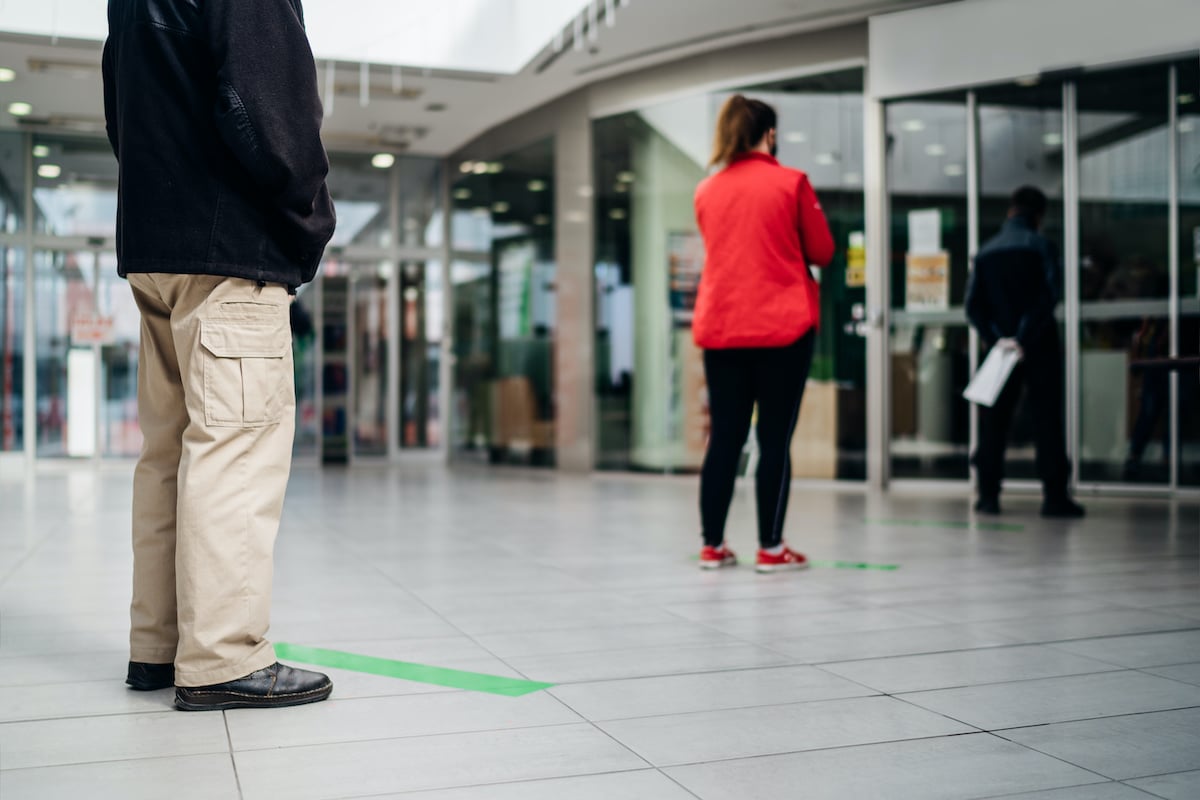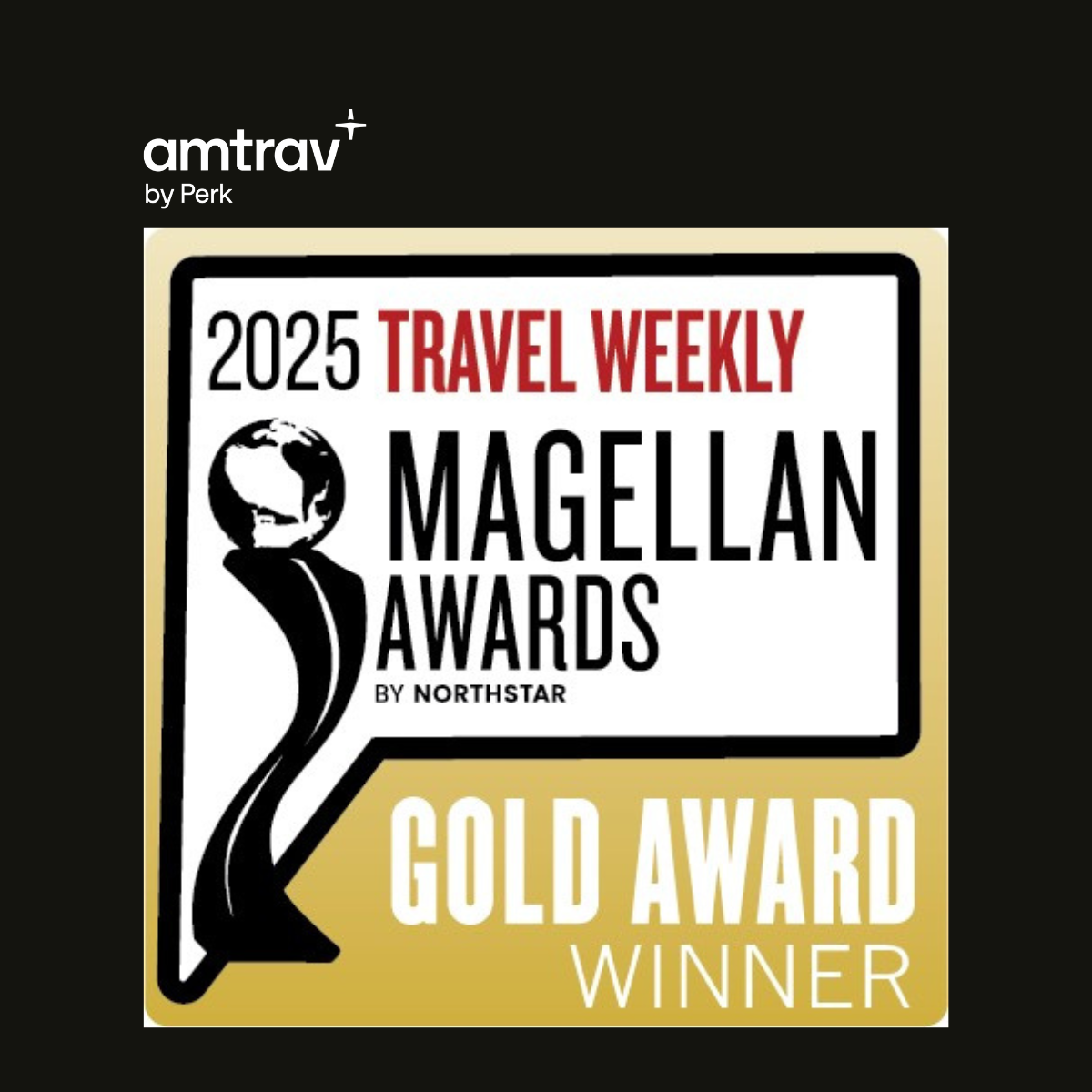There are a lot of lists out there about how to stay safe during COVID times and, specifically, how to stay safe while traveling. You’ll hear a lot about washing your hands, not touching your face, and sanitizing surfaces and touchpoints.
While that’s all good advice, it’s important to not lose sight of the fact that, according to the CDC, the primary method by which COVID-19 spreads is from “close, person-to-person contact.” It is much less common for it to spread via contaminated surfaces. This is the sad irony of travel right now. Although we travel to meet people, doing so has become the most dangerous part of the trip.
Being physically close to someone is dangerous because you can breathe in respiratory droplets that they breathe out, which could potentially contain the virus. Having a conversation with them is even worse, because droplets are projected further when someone speaks. If there is noise in the background or music so they have to speak louder, it is still more dangerous. In these situations, if you’re in close contact with someone who is infected, all the hand sanitizing in the world won’t help.
What will help:
- Wear a mask that properly covers your nose and mouth and make sure other parties do too. This is absolutely critical and will drastically reduce your risk. You likely already know this, but it’s important enough to repeat.
- Keep as much distance as possible between yourself and others. The CDC advises 6 feet, but the more, the better. 7 feet is better than 6 feet; 8 feet better than 7, etc. etc.
- Limit the length of the conversation. The longer you are together, the higher the risk. You are much less likely to be infected from a brief interaction than a sustained one.
An even better option is to avoid/minimize interactions altogether. To that end, here are some tips that can help throughout the different stages of a trip:
Flying
- Select a window seat, if you can. That will help to minimize contact with travelers and flight attendants who are walking down the aisles or seated in the aisle across.
- If you’re flying economy class, try to fly an airline that blocks middle seats. As of now, Delta is doing so through September 30th, Southwest through October 31st, and jetBlue through September 8th.
- Check-in via your phone so you don’t have to go to the counter or a crowded kiosk.
- Avoid waiting in a crowded gate area. Instead, find a nearby gate that doesn’t have a flight departing from it and wait there.
- Board as late as possible to minimize time on the plane when the air filtration system is not always running.
Ground Transportation
- Rent a car, if you can, instead of using a rideshare, taxi, or public transportation.
- Choose a rental car vendor whose cars are on the terminal (so no shuttle is required). If they allow advance check-in, even better.
At Your Hotel
- Utilize express/contact-free check in when available.
- Avoid taking an elevator ride with others, especially if they are not wearing masks. If necessary, just wait for the next one.
- Take advantage of in-room dining and no-contact food delivery; if the hotel does not have those options available, use a food delivery service like DoorDash and have them deliver to the lobby.
- This may be a moot point because many are closed, but even if they are not, avoid the fitness center, restaurants, and bars. We know this takes much of the fun out of traveling, but safety should come first right now.

Shannon Marvin




